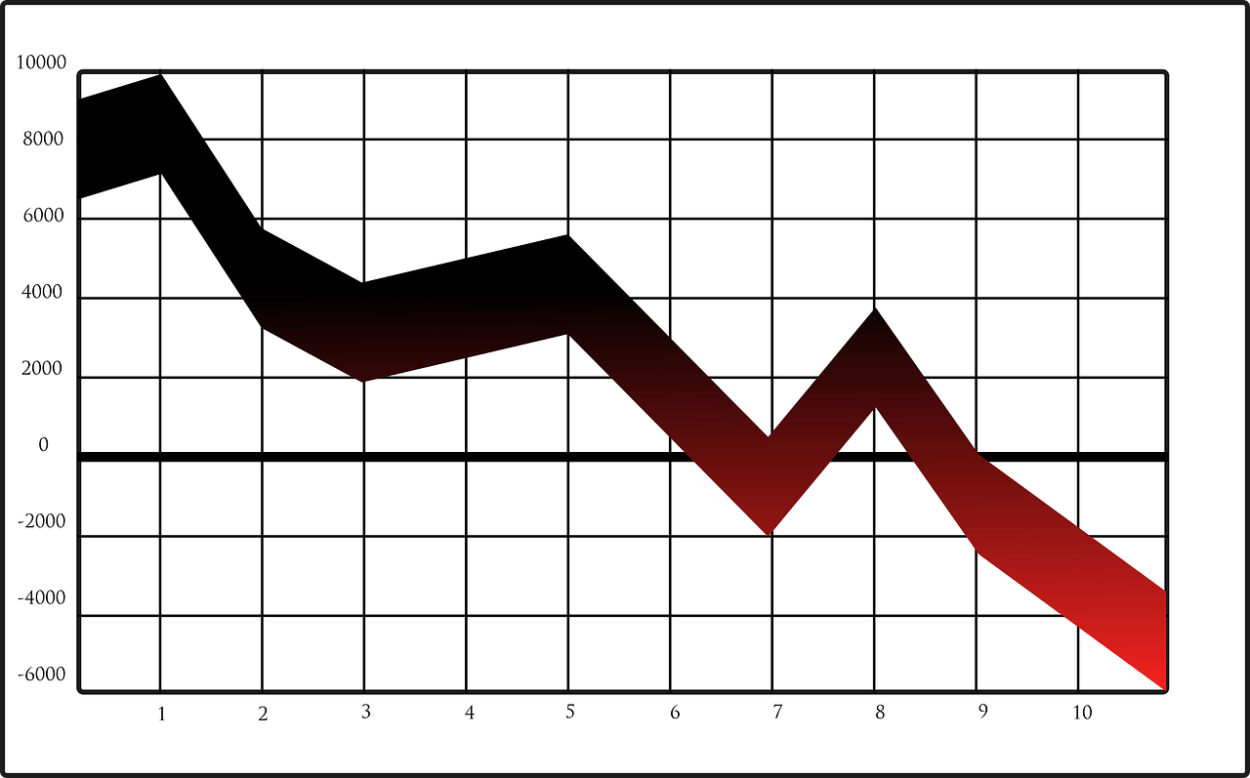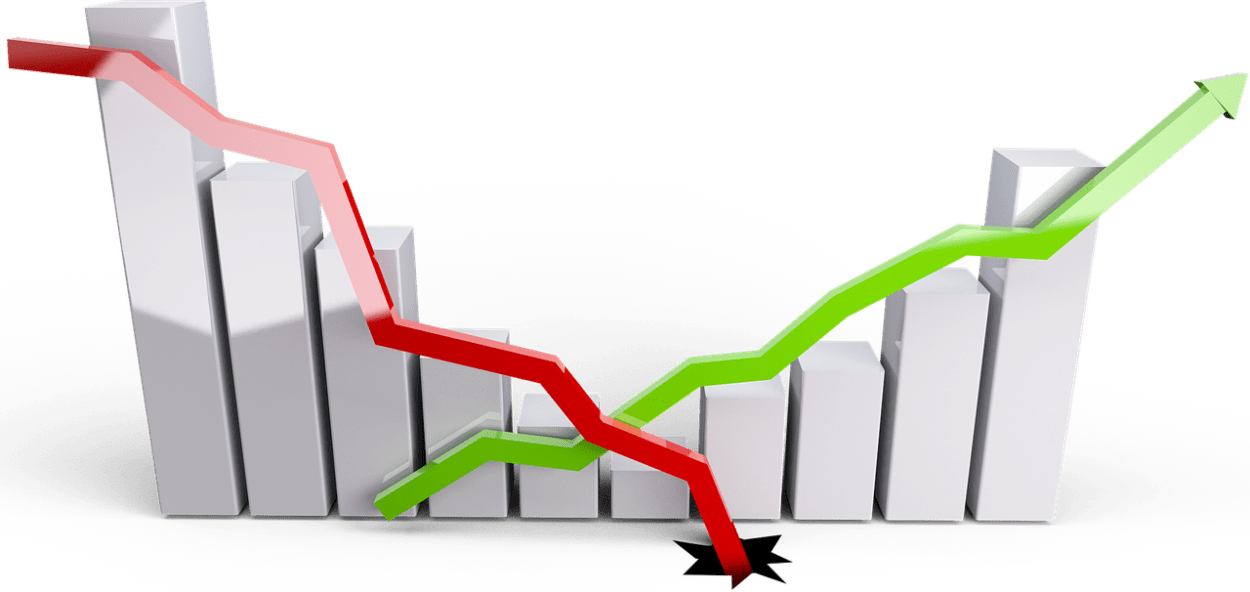
I have been writing a lot about crowdfunding lately and speaking with other people in the crowdfunding industry. From our conversations, it is obvious that most do not share my perspective on the entire business. I see crowdfunding as continuing an evolution of the capital markets already in progress when I started on Wall Street in 1975.
In 1975 the stockbroker was king. People did not buy investments, I was told early on, stockbrokers sell investments. Good stockbrokers, especially those on their way up, aggressively sold stocks. The sales pitch was often about one particular stock, frequently supported by a report prepared by research analysts. Analysts were “ranked” every year and firms paid the “1st, 2nd and 3rd All-American teams”, handsomely.
While there were certainly stockbrokers who met their clients for lunch or at the club for golf who came back to the office with orders in hand, much of the “selling” was done over the telephone. Young brokers were encouraged to stay into the evening and engage in a ritual known as cold calling.
During my training, I spent an evening with a single page from the NYC phone directory, script in hand, dialing for dollars. Most people had those old, heavy rotary phones. I swear, I could hear the receiver sucking in air as it was being slammed down onto its cradle.
What cold calling teaches us is that some percentage of the calls you make will respond favorably, and buy what you are selling. If you want to make more sales, you need to make more calls.
I mention this only as a backdrop. This “sell-side” focus has shifted, significantly. Today, a great many retail stockbrokerage customers, make their own decisions about what to buy and what to sell in their stock or retirement accounts. These customers are enticed by lower costs. They respond to advertising, and they will rely upon information delivered to them online. Without these investors, crowdfunding could not exist.
If I were teaching Law and Economics today, I would look back to 1975 and say that is where it all started. Changes in the law, a new one enacted and an old one discarded, were the catalysts for enormous changes in the way the capital markets operate. The market responded to those changes by bringing in millions of new people who were affirmatively looking to invest and who brought trillions of new dollars with them.
ERISA, enacted in 1974 created the tax-deferred Individual retirement account (IRA). It was intended to incentivize millions of small savers to put their money into a bank or the stock market and to leave it there for the long term.
In response to this new market of small investors who might start small and add a few thousand dollars every year, John Bogle opened the Vanguard Mutual Funds. Mutual funds provided a simple way for small investors to participate in the market.
Mutual funds had been around for a long time by then. They were commissioned products sold by many stockbrokers. And while an IRA account was the perfect vessel for mutual funds, what I would stress to my students would be the shift in the way mutual funds were advertised and sold directly to investors.
Vanguard and the other mutual funds actively advertised for investors seeking to make direct purchases. Instead of dealing with a stockbroker who would call whenever they had, something that they wanted you to buy or sell, with a mutual fund, an investor could just put their money into a fund and the fund will do it all for you. Somebody called it “passive investing”. Instead of touting the skill of their analysts to pick winners, these mutual funds sold convenience.
In 1975, both the State of New York and the City of New York were functionally bankrupt. The stock market had tanked and lending had ground to a halt. The economy was in the midst of abnormal inflation. People responded to the idea that they take some risk to grow their retirement funds in the stock market rather than save it in a bank so they could keep up with inflation.
Also in 1975, the New York Stock Exchange repealed its long-standing rule that had fixed the commissions that NYSE Members charged for each trade. Mainframe computers were being installed up and down Wall Street. The costs of everything from executing trades to sending out confirmations and monthly statements were going down.
When commissions were fixed, the customer was charged a commission that reflected both the costs of execution and the “other” services that the brokerage firm provided, most notably, research that would tell the customers what to buy and when to sell. As commission costs became a source of competition, Charles Schwab and others were already talking about “unbundling” the cost of executing a trade from the research component that had always come with it.
Schwab and its “discount” competitors demonstrated that a great many investors were happy to sit at home and make decisions on what to buy and what to sell, based only on what they read themselves. And while Schwab and other discount brokers now offer research reports, very few customers of discount firms are exposed to the type of research available to institutions.
The stockbrokers’ response to this unbundling can be encapsulated in their advertising slogans of the time: “Thank you, Paine Webber”; “When EF Hutton talks, people listen” and my personal favorite: “Smith Barney makes its money the old-fashioned way, they earn it”. The mainstream industry doubleddown; they were selling advice and they were proud of it.
Without good advertising and a lot of it, the full-service stockbrokers, the discount firms like Schwab, and the entire mutual fund industry would not have grown into the behemoths that they are today. The result of all of that advertising is a market full of millions of investors who are comfortable making their own investment decisions. This includes a significant number of baby boomers who still represent a very large pool of capital that is available for investment.
What does this have to do with crowdfunding in 2021?
If I have learned anything from watching the growth and evolution of this market since 1975, the one thing that stands out is that for companies that are selling investments, good advertising works. There is a cost, certainly, of acquiring investors for any given offering, but if you pay that cost, you will get enough investors to pony up the investment that you seek.
The best people in marketing who are working in crowdfunding understand that it is very much a “numbers game” just like “cold calling”, although now much less expensive and efficient. Modern data mining techniques enable each company that is seeking investors to present its offering to an audience that is more and more specifically targeted.
I call it “buying investors online”. What do you call it?
I have sat in marketing meetings for various players in the financial services industry many times. Depending upon what these companies are selling and to whom, the marketing and sales strategies differ greatly.
The common denominator of these varied strategies is that they are all measured by the same standard, CAC, the cost of acquiring each customer or investor. The object of any marketing campaign is to attract the most customers (and their ‘orders’) from every dollar spent on any advertising directed at those customers.
In crowdfunding, while statistics are few, it is obvious that the costs associated with acquiring investors varies greatly, offering to offering. Some offerings fail because investors do not find them attractive, most, I think, because they lacked marketing muscle.
Personally, I find it painful to watch a company that has hired me to prepare the paperwork for their offering fail to acquire the investors they need. Often, these company’s campaigns fails because they hire the marketing company that was the lowest bidder. I try to steer my clients to a marketing company that may not be the least expensive, but gets the job done.
The Regulation D, private placement market has found enormous success using crowdfunding for investors. Even now, a sponsor can identify potential investors for the purchase of an office building who can afford to invest, who have an interest in real estate, and who live close enough to the property, to drive by if they want to look at it. And the data mining techniques that created these targeted mailing lists are still in their infancy.
Crowdfunding for capital has become a simple process.
Step one: create an investment that will be attractive to investors
Step two: create advertising copy that can be pre-tested and shown to be effective
Step three: put those ads in front of your pre-targeted lists of prospective investors.
Step four: Repeat step three until you raise the money you need.
I have written elsewhere that I believe that crowdfunding has reached the point where it will now quickly grow to be a major source of capital for start-ups and small businesses. A major reason will be that companies seeking funding can now approach crowdfunding with a high degree of certainty that they will get funded. With the proper perspective, those companies can appreciate that they are buying investors online.
If you’d like to discuss this or anything related, then please contact me directly HERE
Or, you can book a time to talk with me HERE



